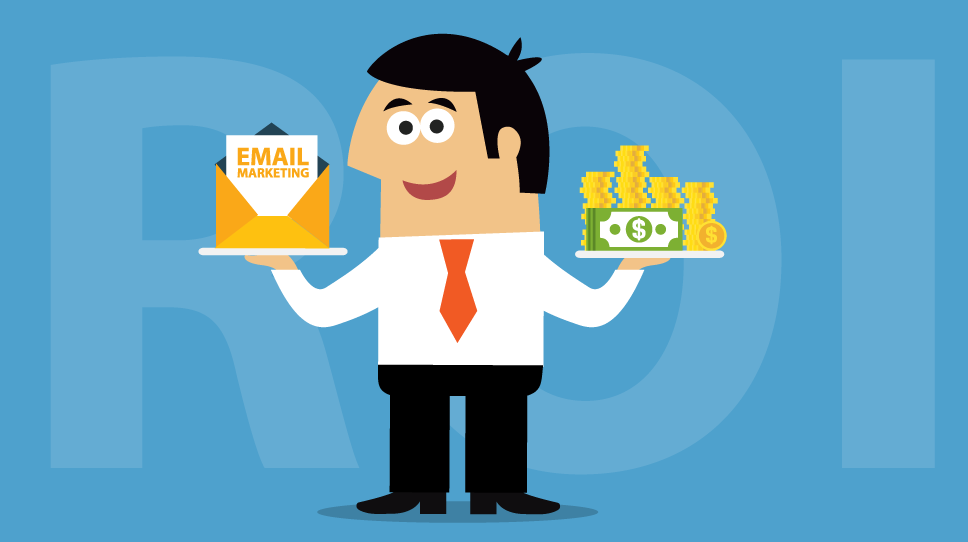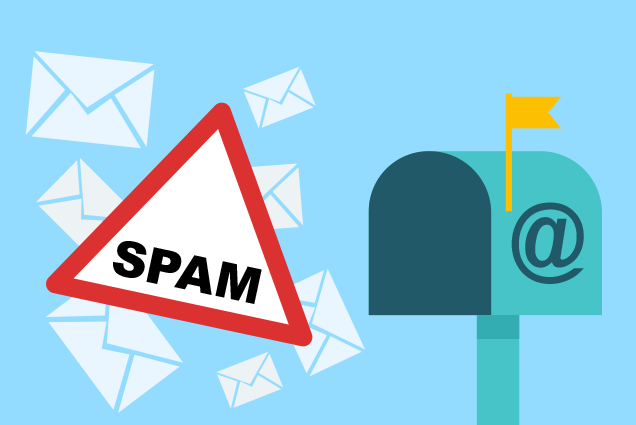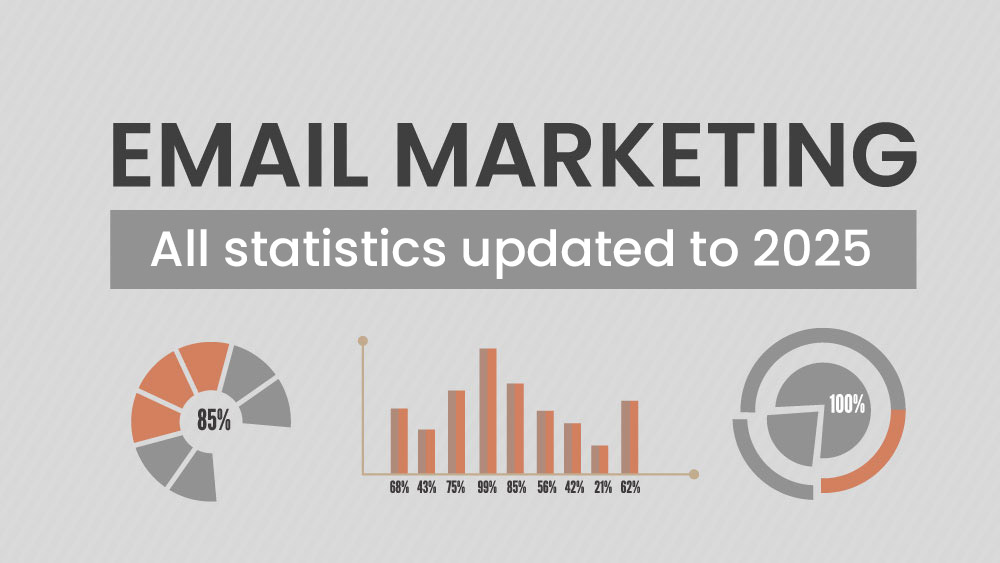What is the return on investment (ROI) of an email marketing campaign?
This question is one that email marketers have been asked many times: can you quantify the success of a campaign based solely on the newsletter’s opening rate and the number of link clicks? To some extent yes, but you can do even better.
Use this post to put together the economic assessments you need to support your email marketing plans. Make your boss happy, satisfy your client’s hunger for numbers, and exploit the information yourself to refine your campaigns.
Estimate the Customer Lifetime Value
The Customer Lifetime Value (CLV) is an estimate of the profit that each of your customers can generate over time based on their purchasing behavior. This is how you calculate it.
If you are a company that sells services with periodic billing, multiply the average customer’s spending by the average time frame in which they remain a client. If, for example, you sell software with a subscription price of 15 euros a month and a customer stays with you for three years on average, then the Customer Lifetime Value is 15 euros x 36 months = 540 euros.
If you sell stand-alone products, such as windows, event catering or gym equipment, the CLV corresponds to the average revenue for the type of object sold.
Bring users to your website
You want people to visit your website, browse and sign up for the newsletter to stay in touch.
SEO is the most important factor for bringing an audience to your website when they don’t already know your company. SEO determines the position of your site’s pages in search engines like Google. To learn about good SEO practices, read our in-depth “12 Tips for Better Google Search Engine Placement”.
If visitors spend time on your website, return or even share your content on social media, then the search engine’s indexing will increase. Since your competitors are working hard with the same goal, consider using paid ads to drive traffic to your site. You can also use social media, creating campaigns with flexible targets.
The mix of organic (free) search and paid traffic is a powerful combination that can broaden the horizons of your business.
Optimize landing pages
When you use paid ads, whether it’s on Google or a social network, set up a landing page that is consistent with the message.
If the link contained in the advertisement redirects to the homepage of the company website (or another generic page), the investment is probably wasted. If for example the announcement speaks of “New Year in New York,” adding a link to the home page with all the available packages on display only creates confusion for the user. It should take them to page about New Year in New York.
Most companies do not limit themselves to such a linear approach. In fact, the most common landing pages are those that invite the user to subscribe to a newsletter. This makes it possible to increase a visitor’s interest in the company and its products over time, establishing more solid foundations for future purchases.
The landing page also offers a good opportunity to test the effectiveness of your designs. For example, you could test two landing pages with the same objective but different layouts for the logo, form, and button, or different combination of colors and text formatting. Testing will let you see which gets better results or more feedback.
Calculate the Cost per Sale
Cost per sale (CPS) is the investment needed to convert a prospect into a customer. This should be around 10% of the CLV. A software company with a CLV of 540 euros can expect a CPS of 54 euros. In other words, 54 euros invested in email marketing should allow you to win a new customer. Or to put it another spending 54 euros brings 540 euros.
That’s the theory. Reality is more complex. Let’s say that your website receives 10,000 visits a month through both organic and paid traffic. Your newsletter might receive 250 new subscriptions every month, or 3,000 new subscribers per year.
But how many of them really become customers? A conservative estimate would put the figure at about 1% of registered newsletter subscribers, or 30 customers in a year. These 30 customers would generate 16,200 euros over the average time they spend with the company, or three years. The CPS of 10% of 16,200 euros is 1,620 euros, or 54 euros per customer:
| Number of website visitors, organic and paid (year) | 120.000 |
| Number of new subscribers of the newsletter (year) | 3.000 |
| Number of new subscribers who become customers (year) | 30 |
| Revenue estimated by these subscribers for the average customer duration (3 years) | 16.200 € |
| Budget allocated to earn 30 customers (CPS = 10% of the CLV) | 1.620 € |
| Cost per Sale (CPS) | 54 € |
Now when your boss asks you to quantify the return on investment of an email marketing campaign (or any Web marketing campaign), you can give him the figures.
At this point, all the costs incurred by your company can be added to the budget: the email marketing platform; the paid promotions, and the Web design if it is outsourced. You should find that the total expenditure is very close to the estimated earnings for an email marketing campaign.
But in reality, things are rarely so simple: email marketing has its own cost-benefit ratio, as do each of the tools in a Web marketing strategy such as Google Ads, social networks, etc.
Why email marketing pays off
Email marketing has by far the best value for money. It is in fact the only tool that allows you to build a relationship with Web users based on explicit consent. People who register for a newsletter agree to transfer part of their data because they’re genuinely interested in what a business has to offer. They make an investment and the public is increasingly aware of the cost. That’s why we see figures like this:

Sponsoring keywords on Google is like throwing a net into the sea: the public is roughly profiled, the investment is high, and the competition is fierce.
Emails though are delivered to an audience that has chosen to follow your company and expects to receive material that matches their interest. The customization of the message based on the target is another feature that makes email marketing irreplaceable. Furthermore, the cost of a single email is minimal, usually around 1 cent.
Conclusion
If you have to draw up a budget for web marketing actions, the right question is not “which tools should I equip myself with?” but “which tools can I not do without?” Email marketing is always the answer.
An email marketing campaign remains an investment and not a goal. A calculation of investing 54 euros to earn 540 is theoretical and should be matched to your own efforts in reaching your contacts. Campaigning means being ready to analyze the results and adjust the approach to enhance the investment.
Fortunately, Emailchef provides a complete analysis of campaign results. All the necessary metrics are displayed with easy-to-read pie charts. The chronological progress of the campaigns shows the exact time when the recipients interacted with the newsletter and their geographical distribution. The click map shows the success of each call to action contained in the message.








